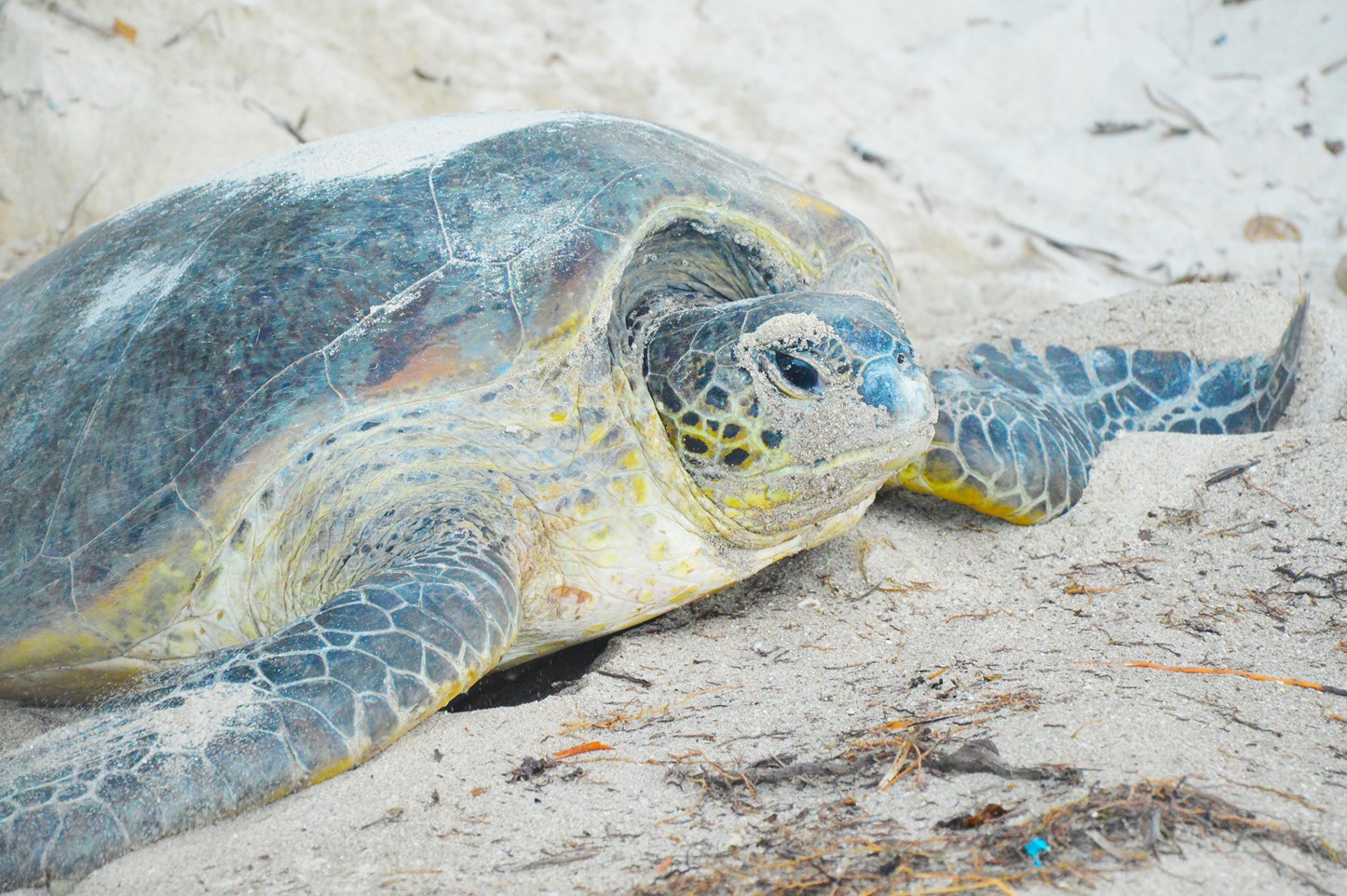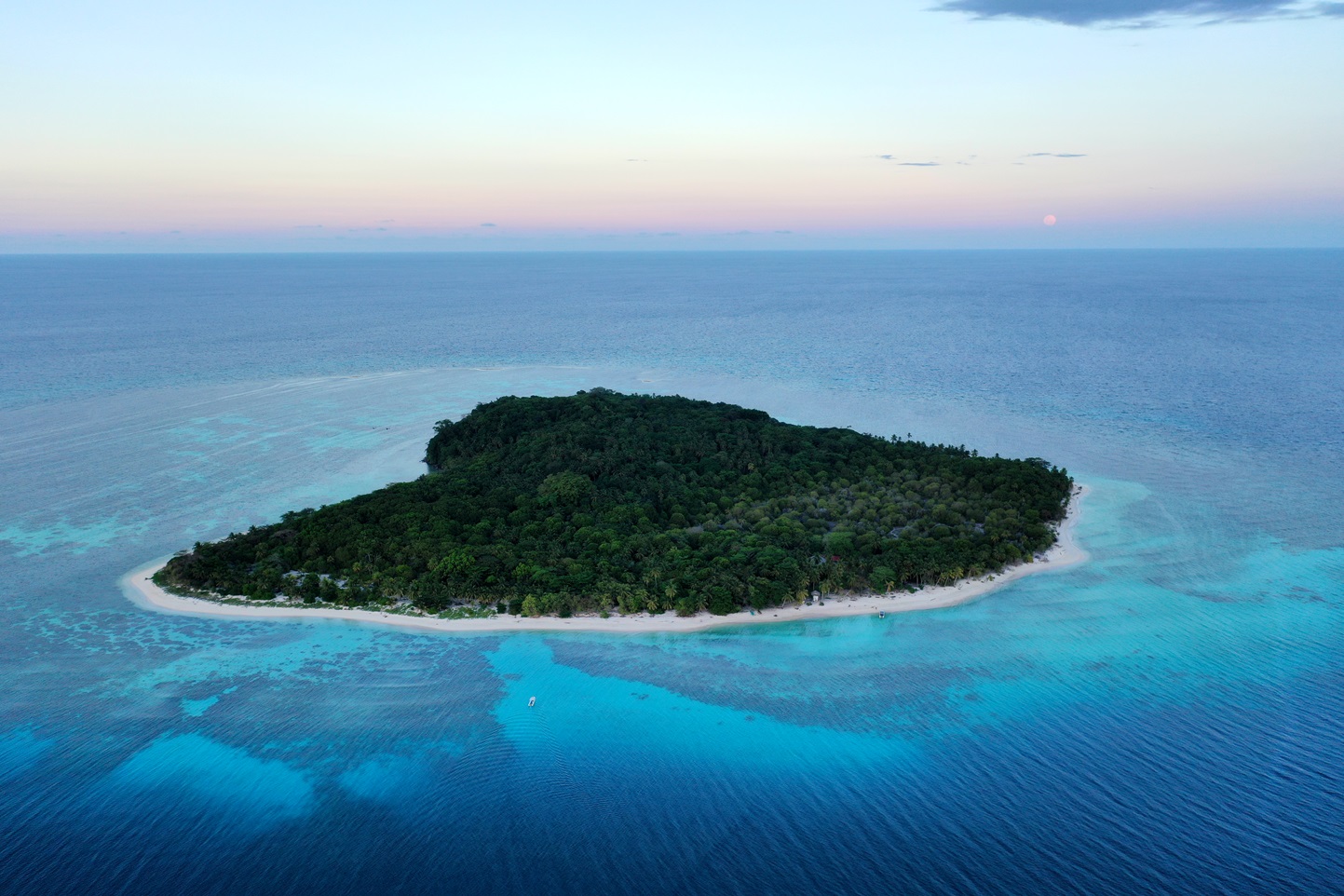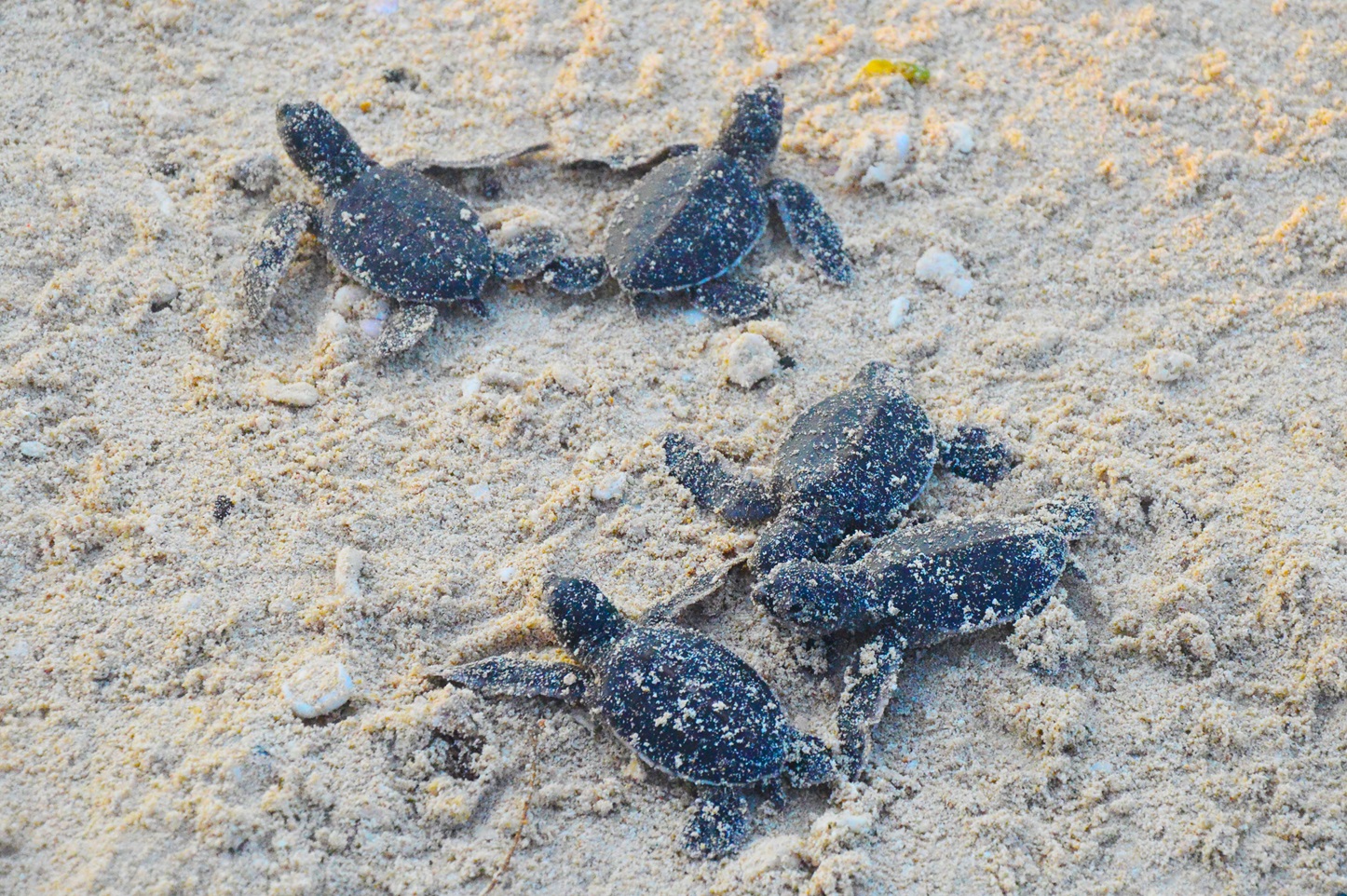
Echoes in the Sand: Photographing the Ancient Rituals of Turtle Island
The beam of a ranger’s torch cuts a fleeting path through the velvet night, illuminating not a predator, but the quiet, determined form of a green sea turtle. She is immense, ancient, her carapace scarred by decades of ocean currents and unknown encounters. This isn’t a casual beach stroll; it is a pilgrimage to one of nature’s most profound spectacles, and for the wildlife photographer, it is a moment of unparalleled privilege on Turtle Island, Sabah, Malaysia.
Specifically, we are on Selingan Island, the largest of the three islands that comprise the Turtle Islands Park, a bi-national conservation area shared with the Philippines. This small, pristine sanctuary, barely 8 hectares in size, is not a typical tourist destination with bustling resorts. Instead, it is a living laboratory, a dedicated haven where the primordial cycle of life unfolds nightly, drawing dedicated conservationists, researchers, and a select few photographers intent on capturing its essence. The primary species here are the Green Sea Turtle (Chelonia mydas) and the Hawksbill Turtle (Eretmochelys imbricata), both critically endangered and reliant on this protected space for their survival.
Photographing these majestic creatures during their nesting ritual is a masterclass in patience, respect, and technical skill. Unlike the vibrant, sun-drenched wildlife photography often associated with tropical paradises, capturing the essence of Turtle Island’s nocturnal ballet demands a different approach. The rules are strict, and for good reason: the welfare of the turtles always supersedes the perfect shot. Flash photography is strictly forbidden, as even a momentary burst of light can disorient a nesting female, causing her to abandon her efforts, or blind newly hatched turtles attempting to navigate to the sea. This necessitates working in extremely low light, often relying solely on ambient moonlight or the controlled, dim glow of a ranger’s red-filtered torch.
"Every turtle that makes it to our shores is a victory," explains Abdul Rahman, a park ranger who has dedicated over two decades to Selingan. His voice is a low murmur, careful not to disturb the profound silence of the nesting beach. "Our job is to protect them from every threat – natural predators, poachers, plastic pollution – but also from well-meaning humans who forget their place. Photographers here must understand they are witnesses, not participants in the ritual."
For the photographer, this translates to specific gear and techniques. A fast lens (f/2.8 or wider) is indispensable, coupled with a camera body capable of handling high ISO settings with minimal noise. A sturdy tripod is non-negotiable for long exposures, which can range from several seconds to a minute, allowing the camera to gather enough light to render the scene. Composition becomes a delicate dance between capturing the turtle’s form, the texture of the wet sand, and the vastness of the encompassing darkness. Often, the most compelling images are not grand panoramas, but intimate portraits – the determined gaze of the turtle as she digs, the rhythmic expulsion of sand from her powerful flippers, or the glistening texture of her shell under the faint light.

The nesting process itself is lengthy and arduous. Once a female turtle hauls her heavy body onto the beach, she will spend hours meticulously excavating a body pit, then a deep egg chamber, before laying between 50 and 200 soft-shelled eggs. This is the moment of peak vulnerability and profound connection. Photographers, positioned discreetly behind the turtle, can capture the almost meditative state of the mother, the miraculous delivery of the eggs, and the subsequent, equally laborious task of covering the nest. The challenge is to convey this monumental effort without anthropomorphizing or sensationalizing, letting the raw power of nature speak for itself.
Beyond the nesting mothers, Turtle Island offers another, equally compelling photographic subject: the hatchlings. Approximately 50 to 60 days after the eggs are laid and carefully relocated to the island’s central hatchery to protect them from predation and erosion, the tiny turtles emerge. This is a moment of frantic energy and innate instinct. Hundreds of miniature replicas of their mothers burst from the sand, an unstoppable wave of life, driven by an ancient imperative to reach the sea.
Photographing hatchlings presents a different set of challenges. They are incredibly small, fast, and move erratically. Macro lenses can capture the intricate details of their shells and flippers, while a wider aperture allows for a shallow depth of field, isolating a single determined hatchling against a blurred backdrop of sand and sea. Again, no flash is permitted. Photographers must rely on natural light, often at dawn or dusk when the hatchlings are released, to capture their desperate dash towards the waves. The images can be incredibly poignant, highlighting both the fragility and the resilience of life. The fact that only an estimated 1 in 1,000 hatchlings will survive to adulthood underscores the preciousness of each tiny life captured through the lens.
"The greatest impact a photograph can have is to tell a story that words alone cannot," says renowned wildlife photographer, Amelia Tan, who has visited Selingan multiple times. "When you capture the intense effort of a mother laying her eggs, or the sheer determination of a hatchling fighting its way to the ocean, you’re not just taking a picture. You’re creating an ambassador for that species. You’re showing the world what we stand to lose if we don’t act."
Indeed, the role of photography on Turtle Island extends far beyond mere aesthetic appreciation. The images captured here become powerful tools for conservation. They educate the public about the plight of sea turtles, which face myriad threats globally, including habitat destruction, plastic pollution, entanglement in fishing gear, climate change affecting nesting beaches and sex ratios, and illegal poaching. The stark reality of plastic debris found washed ashore on even these remote islands serves as a grim reminder of humanity’s impact, a subject often subtly woven into the background of photographs.
The Turtle Islands Park management, a collaboration between the Sabah Parks and the Sabah Wildlife Department, employs a rigorous conservation strategy. Eggs are collected nightly and reburied in the central hatchery, ensuring a higher survival rate than if left on the open beach. Hatchlings are released under supervision, reducing immediate predation. Research is continuously conducted, monitoring nesting patterns, population dynamics, and migration routes. Photographers, by adhering to the strict guidelines – maintaining distance, remaining silent, using appropriate gear, and refraining from any form of interference – become silent partners in this conservation effort. Their images, when shared responsibly, amplify the message of preservation.
The experience of photographing on Turtle Island is transformative. It’s a humbling encounter with the raw, untamed force of nature, a reminder of the delicate balance of ecosystems, and the profound interconnectedness of all life. It strips away the superficial layers of modern existence and connects one to ancient rhythms. The darkness, the silence, the sheer magnitude of a nesting turtle, and the boundless hope embodied by a swarm of hatchlings – these are moments that etch themselves into memory, both for the photographer and for the viewer of their work.
As the first hints of dawn paint the eastern sky, washing the island in soft hues, the last nesting turtles are making their slow, arduous journey back to the sea. The sand, churned and disturbed by their nocturnal activities, will soon be smoothed by the incoming tide, erasing the immediate evidence of the night’s miracles. Yet, in the digital memory cards of dedicated photographers, and hopefully in the hearts and minds of those who view their work, the echoes of these ancient rituals will persist. They serve as a powerful testament to the enduring spirit of life and a compelling call to protect these magnificent creatures and the precious sanctuaries like Turtle Island that are vital for their future. The challenge for the photographer is not just to capture the image, but to capture its soul, inspiring a shared responsibility for the fragile wonders of our planet.


